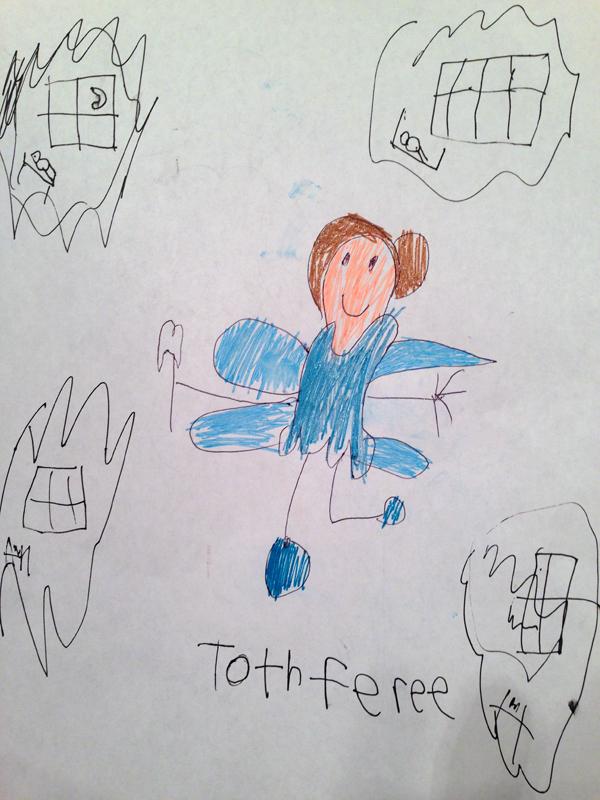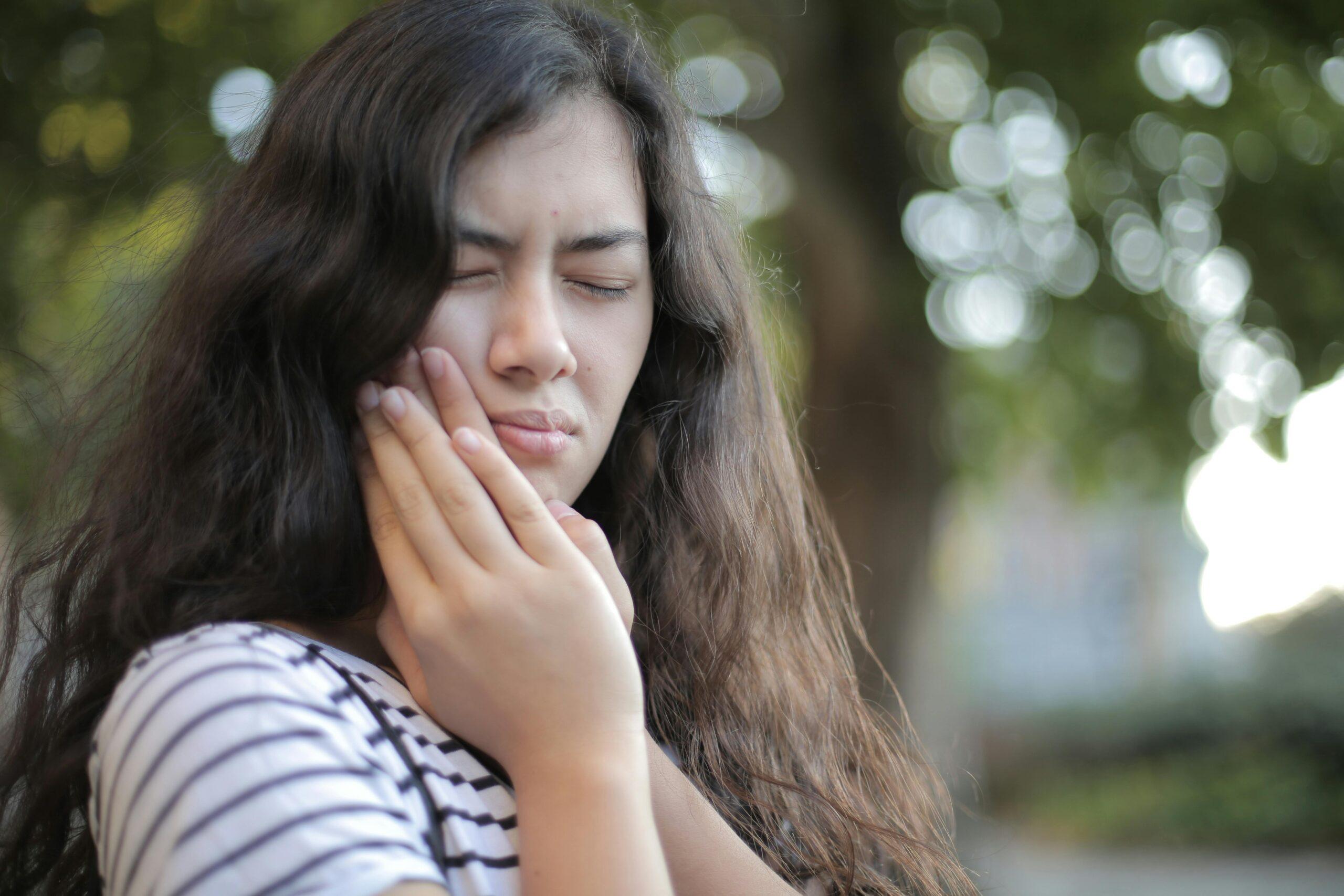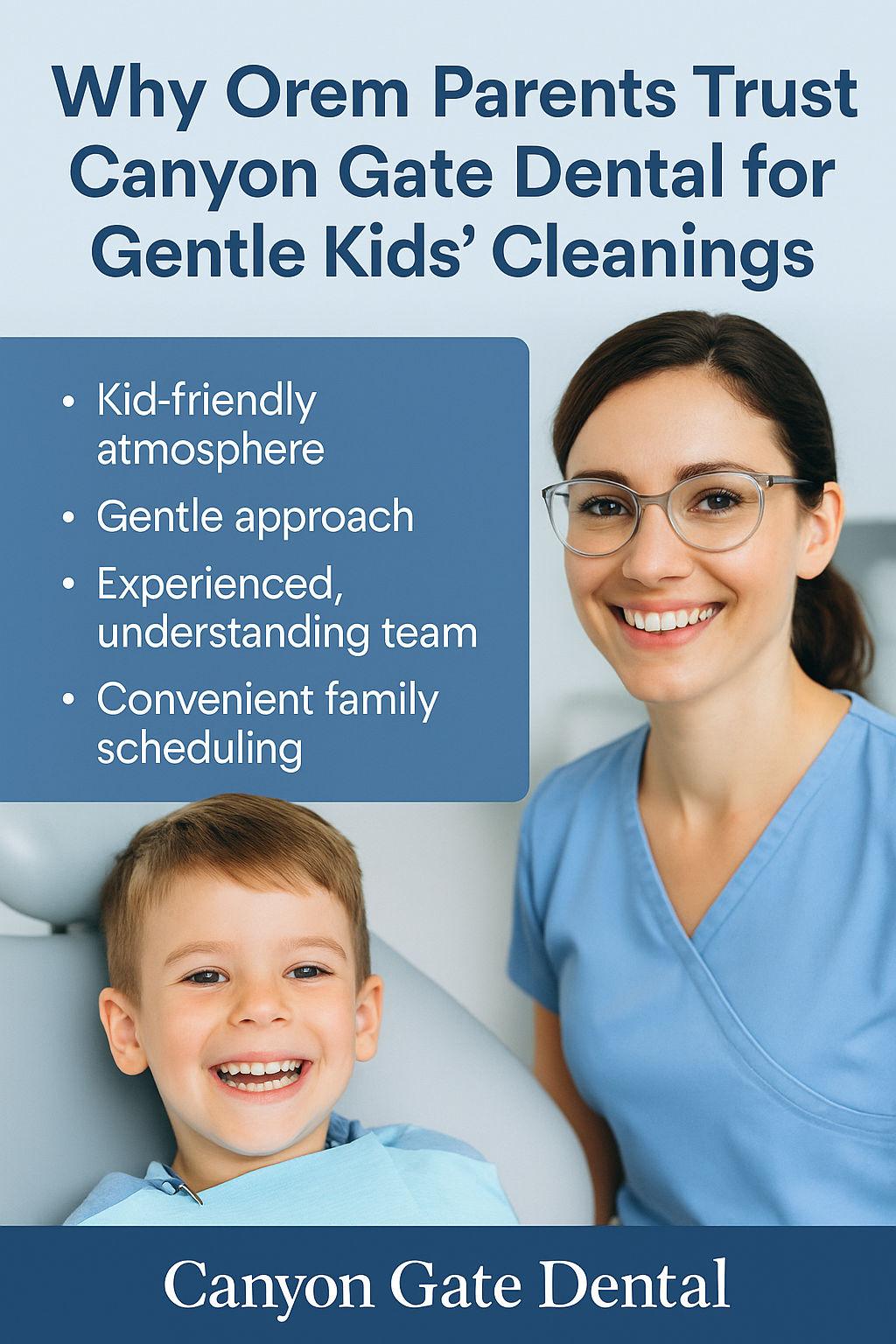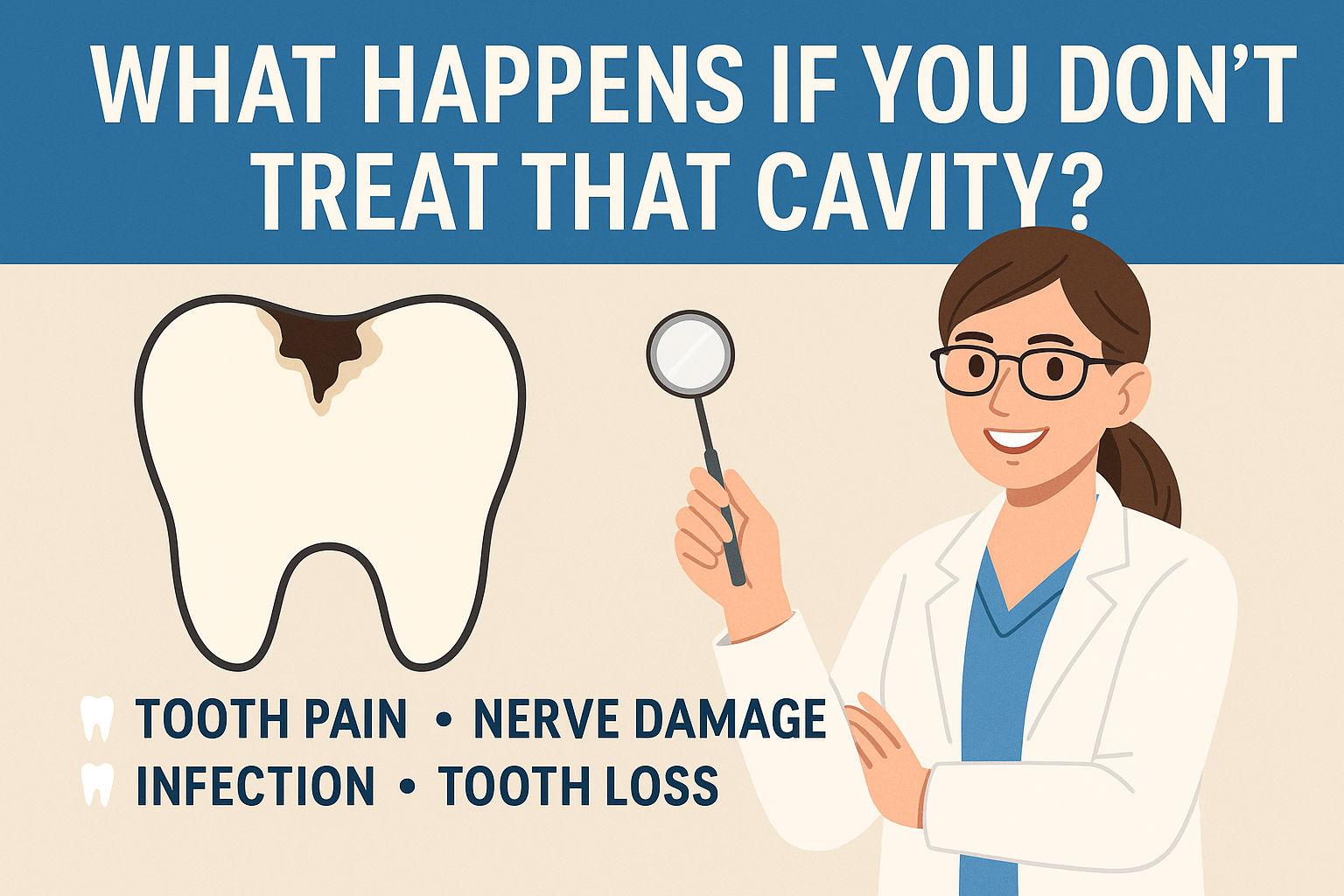We all fondly remember wiggling our loose teeth as kids in the hopes of exchanging them for money from the tooth fairy, but did you know where this tradition came from?
The Story of the Tooth Fairy
The story of the tooth fairy has its roots in some pretty old European folklore. Centuries ago, when people believed in witchcraft, the disposal of baby teeth was pretty important business. If a witch obtained a discarded part of your body (baby teeth, hair, fingernails, etc.) she acquired power to cast curses at, and control you. To prevent this from happening, people disposed of their teeth in various ways to keep the bad mojo away. The way teeth were discarded varied from culture to culture. In some places, people hid them in the ground or burned them, and in other locations people swallowed them or fed them to an animal—usually a rat. As the witchcraft part of the tradition died down, the disposal of teeth became associated with luck, strength, and general good health. In ancient Scandinavian cultures, a different tradition existed where baby teeth were exchanged for a “tooth fee.” Parents paid their children a fee for their lost teeth and used them to make necklaces and other jewelry. Viking warriors then carried the baby teeth into battle as a good luck charm.
As Europeans immigrated to America, these anciently-rooted traditions and ideas went with them and, like many other parts of their cultures, gradually changed over time in the new setting. Fairy folklore existed anciently as well, but the ideas of tooth disposal and fairies weren’t married until Americans put them together in the early 1900s when family traditions told of the “good fairy” (as opposed to a specialized fairy just for teeth) exchanging baby teeth left under a child’s pillow for presents, money, or candy. Although the tradition probably started small, it gained significant momentum in the first half of the 20th century. In 1927 Esther Watkins Arnold wrote a play about the tooth fairy, the first written work mentioning the character, and in 1949 Lee Rogow wrote the first children’s book on the subject. By the 1950s, tooth fairy cartoons, books, jokes, and various other tooth fairy media were all over the place and American families widely practiced the tradition of the tooth fairy as we know it today.
Other Baby Teeth Traditions
Outside of America, many other rites and traditions surrounding the loss of baby teeth can be found. In Middle Eastern cultures kids throw their baby teeth at the sun as an offering to Allah. In Oriental cultures children throw them on top of the roof or drop them into the space beneath the floor while asking for rat teeth to replace them. Because rodent teeth are sharp and never stop growing, this is a symbol of sacrificing the old for something better. In Spanish and Latin American cultures, the story is very similar to the American fairy version, but instead of a fairy, a ratoncito (little rat) exchanges money for teeth.
Regardless of cultural differences, losing teeth has always been seen as a rite of passage for children and an important step that happens on their journey toward adolescence. Tooth loss rites and traditions help children cope with the uncomfortable process of losing teeth, and allow parents and children an opportunity to have a little fun.
Nicolas K. Young, DMD










